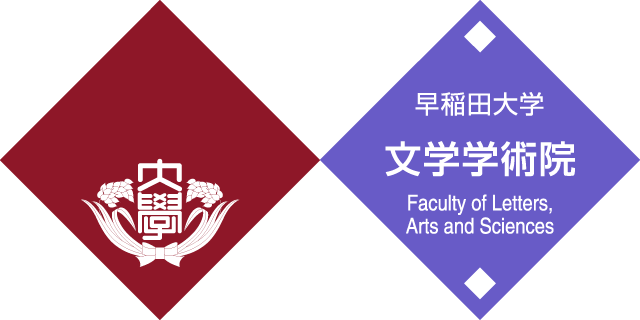- News
- Event Report: International Workshop Utilizing the Miscellaneous News Column of Japanese Newspapers: Media, Taisho Era, and the “Yomiuri-sho”
Event Report: International Workshop Utilizing the Miscellaneous News Column of Japanese Newspapers: Media, Taisho Era, and the “Yomiuri-sho”
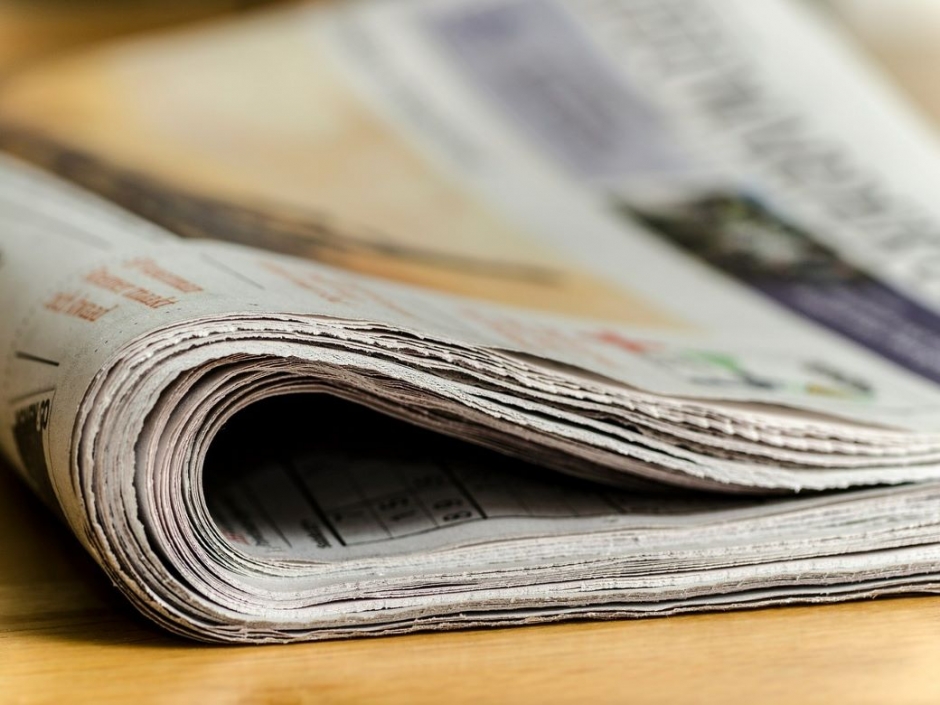
- Posted
- 2022年4月19日(火)
The International Workshop on Research Utilizing the Miscellaneous News Column of Japanese Newspapers: Media, Taisho Era, and the “Yomiuri-sho” was held on March 14, 2022 (a fully online event using Zoom Webinar). As described below, nine researchers gave presentations or made comments on the presentations in front of 52 participants. The purpose of this workshop was to widely share the importance of the research on the Yomiuri-sho––the miscellaneous news column of the Japanese newspaper The Yomiuri Shimbun––conducted by the research team led by the workshop’s presenters Shizuka Sugiura, Takumi Ishikawa, and Ikuko Yamagishi (the Taisho Period (1912 – 1926) was the focus of this workshop).
The workshop was started off by Hirokazu Toeda, professor of Waseda University, director of the Waseda International House of Literature, and leader of the Global Japanese Studies model unit of the Waseda University Top Global University Project. Describing the Yomiuri-sho of The Yomiuri Shimbun––the most circulated newspaper in the world––as a treasure house of Japanese literature and culture, he spoke on the significance of creating a full database of the Yomiuri-sho and utilizing it for interdisciplinary and international research through cooperation between the newspaper company and researchers. He also spoke on the background and the purpose of this workshop. His presentation was followed by the keynote speech, roundtable sessions, and comment sessions moderated by Younglong Kim, assistant professor of the Waseda Institute for Advanced Study. The keynote speech was given by Kyoji Maeda, professor of Musashino Art University. Based on his experience of working as a reporter of The Yomiuri Shimbun, he spoke on how the Yomiuri-sho was written and how it can be used. He described how information was gathered for the Yomiuri-sho, which reported about the private and public life of a wide range of cultured people. Furthermore, he indicated that we can find out about the background of a literary work and its writing process by reading through the Yomiuri-sho articles. His speech demonstrated that the Yomiuri-sho is highly valuable as a historical material.
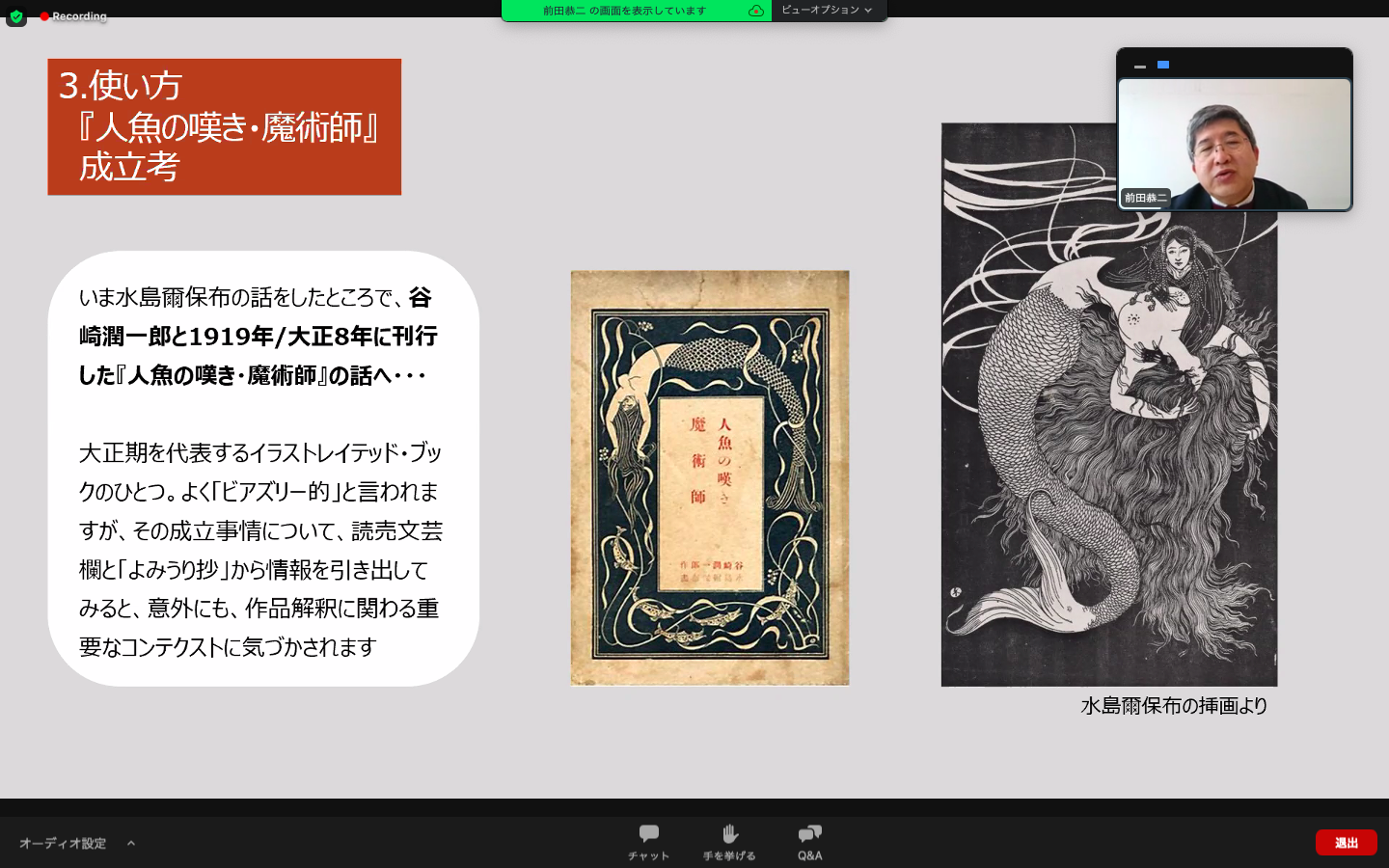 In the following Round Table Session I, presentations were given by Yuko Takigami, researcher of Rikkyo University and part-time instructor of Nihon University, Kazushige Munakata, professor of Waseda University, and Takumi Ishikawa, professor of Rikkyo University. Takigami elucidated the characteristics of the Yomiuri-sho in comparison with those of other newspapers and how the Yomiuri-sho changed within The Yomiuri Shimbun over time.
In the following Round Table Session I, presentations were given by Yuko Takigami, researcher of Rikkyo University and part-time instructor of Nihon University, Kazushige Munakata, professor of Waseda University, and Takumi Ishikawa, professor of Rikkyo University. Takigami elucidated the characteristics of the Yomiuri-sho in comparison with those of other newspapers and how the Yomiuri-sho changed within The Yomiuri Shimbun over time.
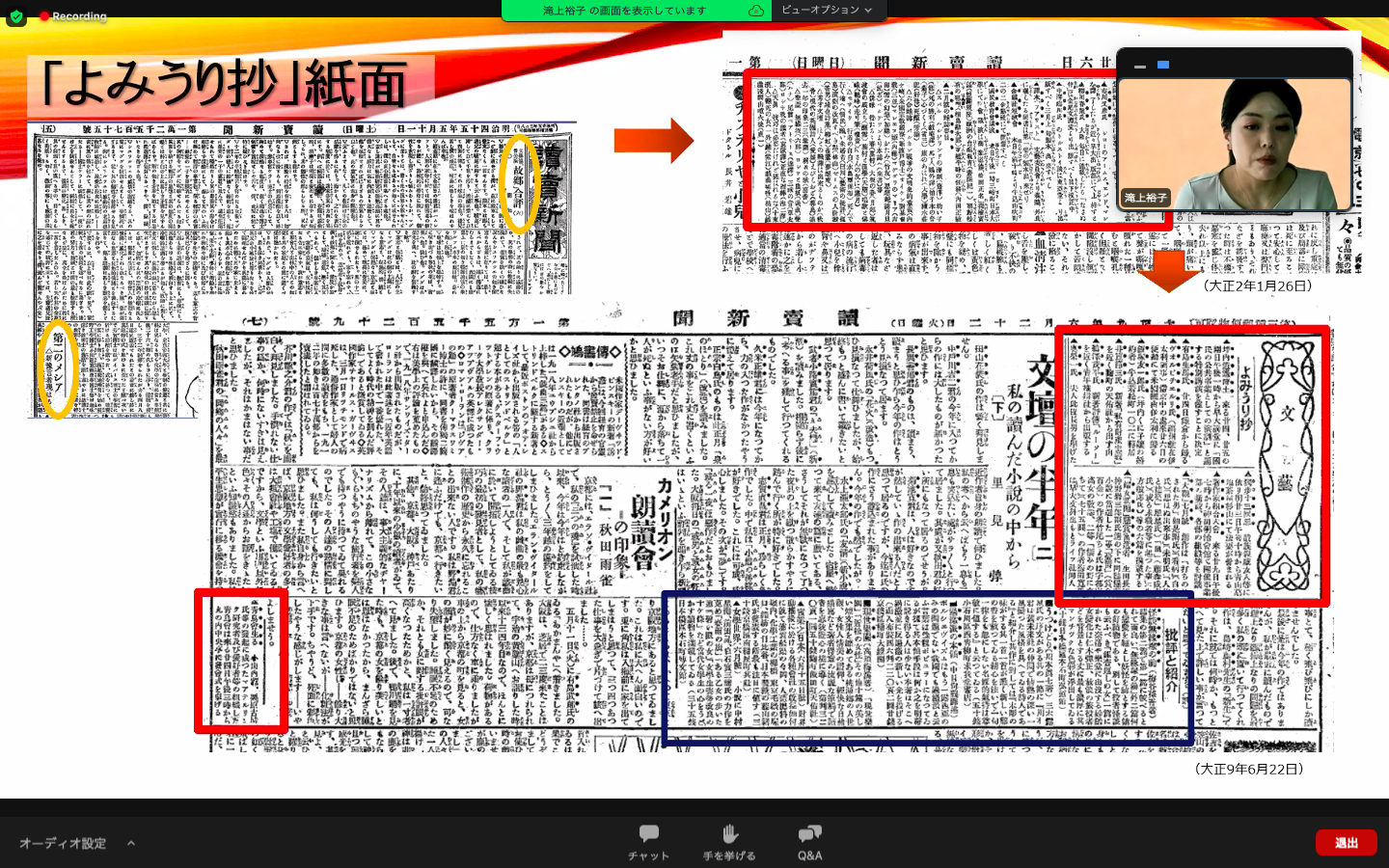
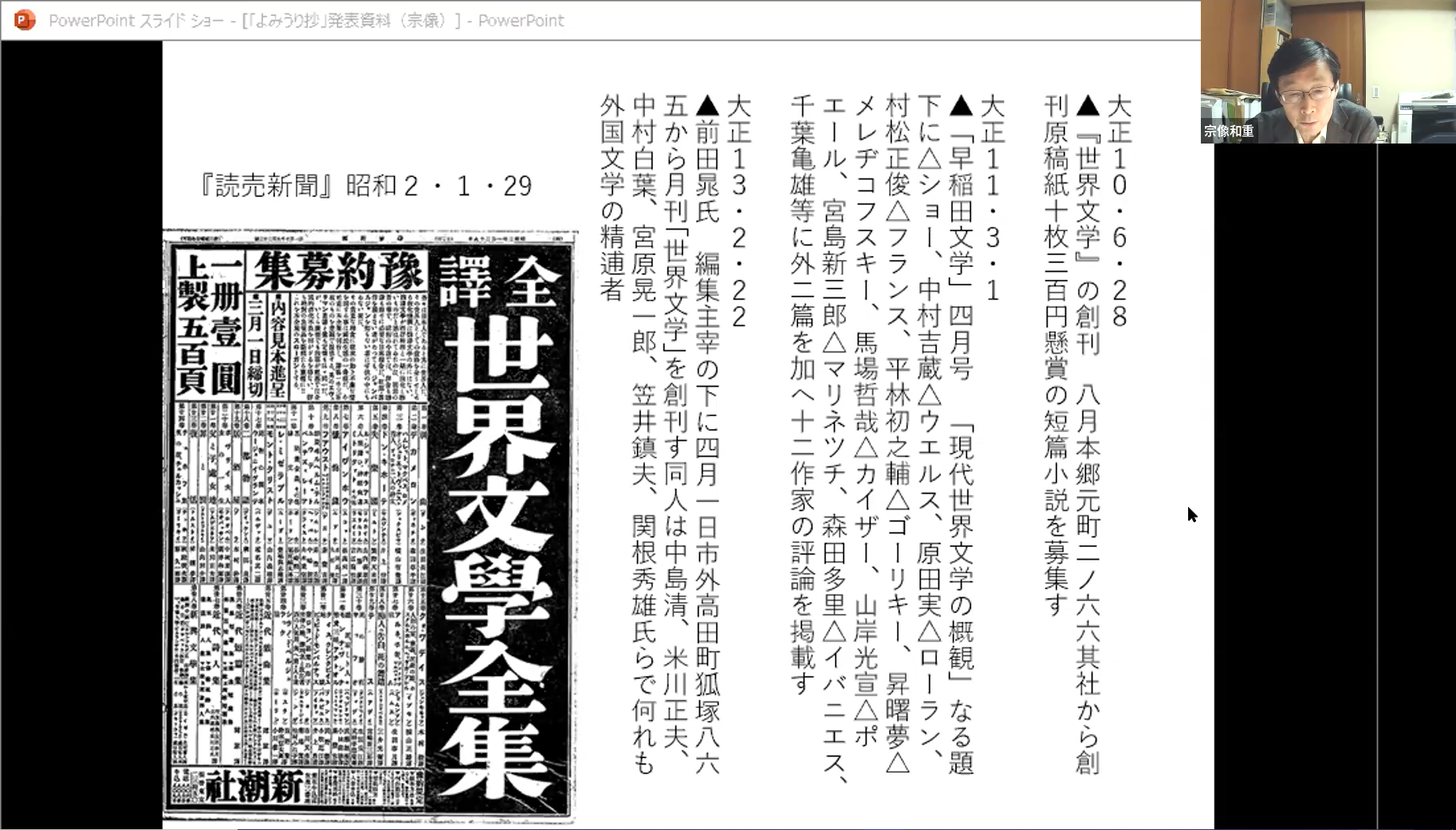
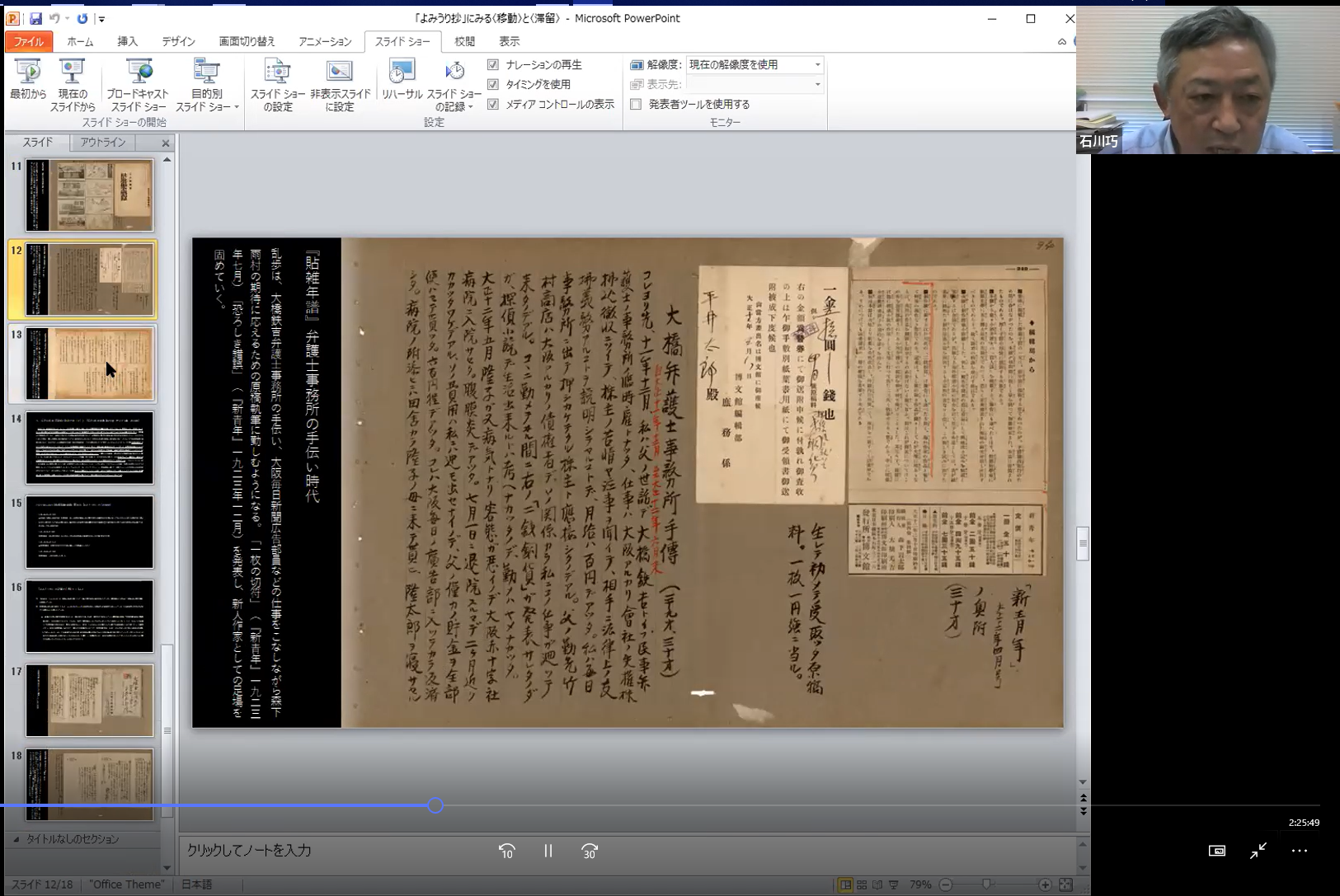
Munakata demonstrated the reality of translated literary works in terms of copyrights and the awareness about copyrights in Japan during the Taisho Period as well as the interest in world literature during that time. Ishikawa described the example of research on Edogawa Ranpo as a case of research based on a partial database of the Yomiuri-sho. At the end of the session, Robert Campbell, specially appointed professor of Waseda University and advisor of the Waseda International House of Literature, made comments on the presentations.
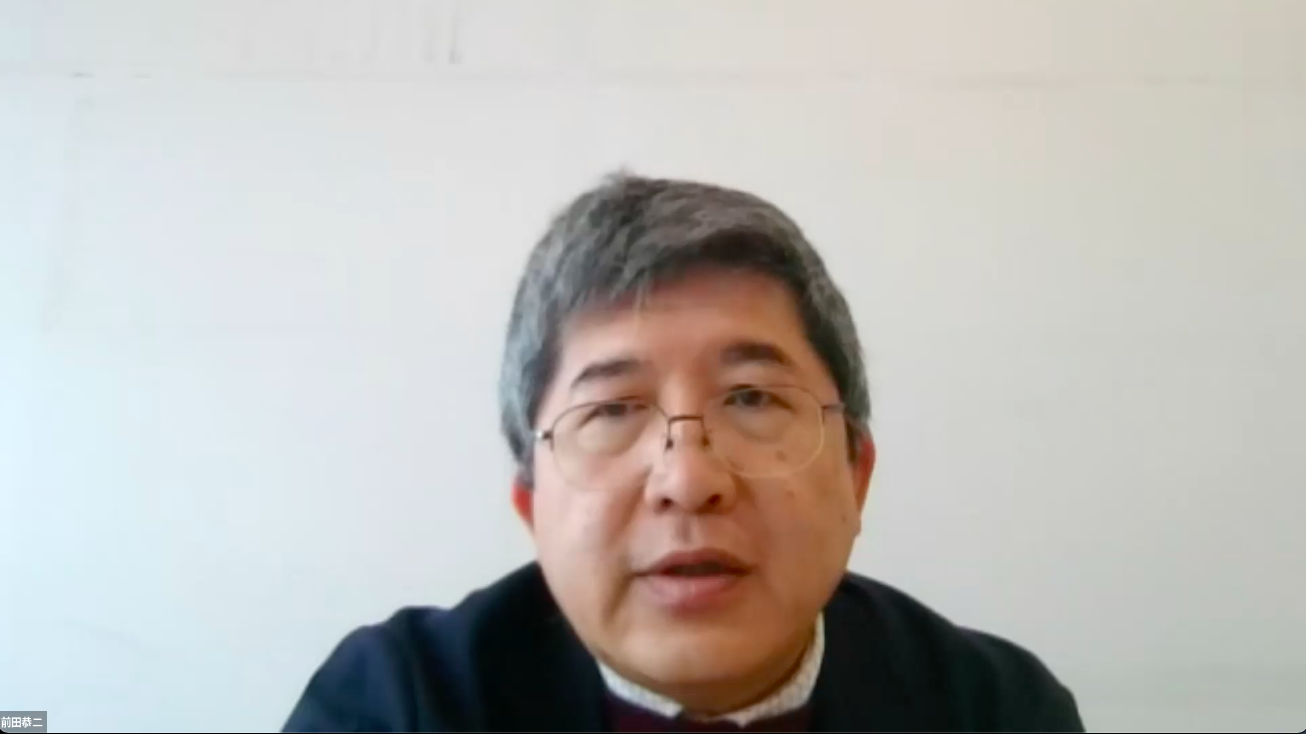
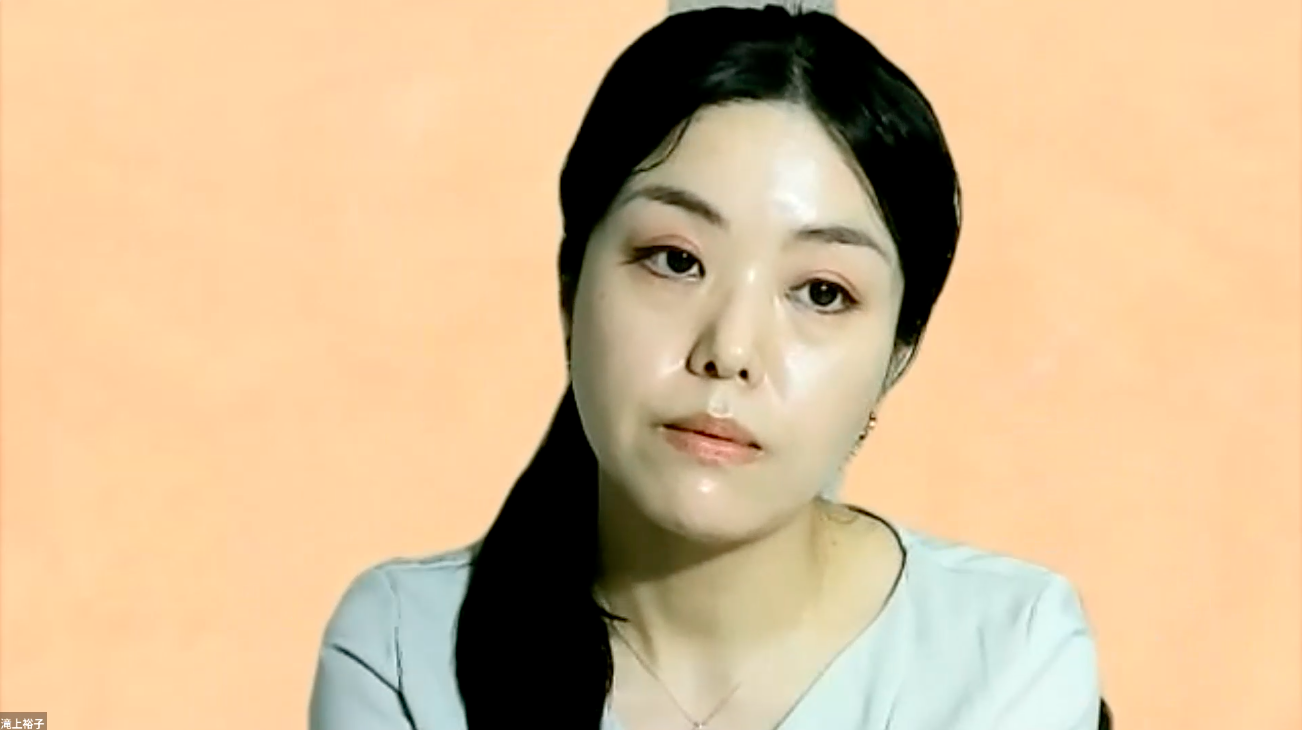
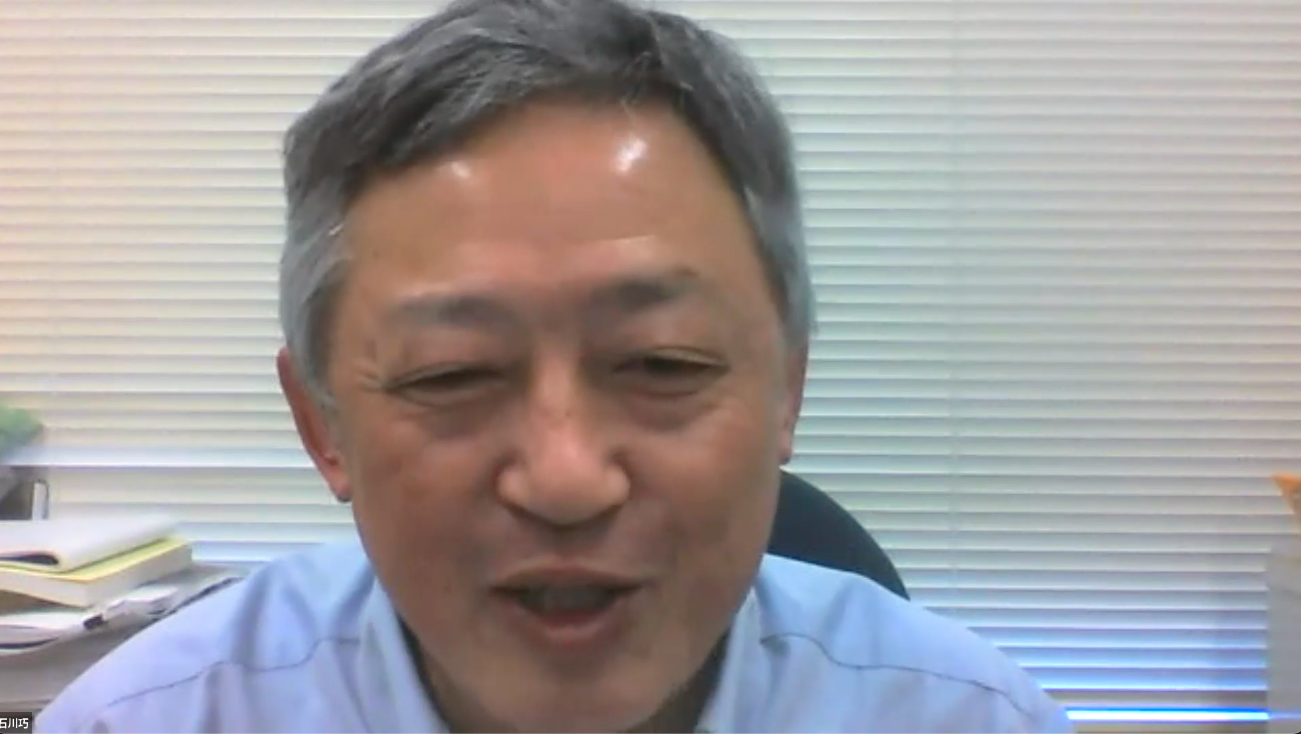
In the Round Table Session II, presentations were given by Kiyoji Suda, professor of Otsuma Women’s University, Ikuko Yamagishi, professor of Nihon University, and Shizuka Sugiura, professor of Otsuma Women’s University. Highlighting the articles of Mori Ogai in the Yomiuri-sho, Suda spoke on the public’s interest in the writer. Focusing on how The Yomiuri Shimbun’s articles on Kume Masao changed over time, Yamagishi demonstrated the change in the level of recognition the writer had among the Japanese society based on how articles about him initially appeared only in the Yomiuri-sho and then gradually began to appear in other sections of The Yomiuri Shimbun as well. Sugiura indicated how the nature of Dora––a literary magazine founded by Kusano Shinpei to which Ko-ei and Miyazawa Kenji contributed poems and stories––changed over time based on the articles of the Yomiuri-sho. Following her presentation, Koji Toba, professor of Waseda University, commented on the three presentations. Lastly, Campbell and Toba made general comments on the round table sessions and a question was raised by a participant about the Yomiuri-sho’s standard on the level of recognition cultured people had.

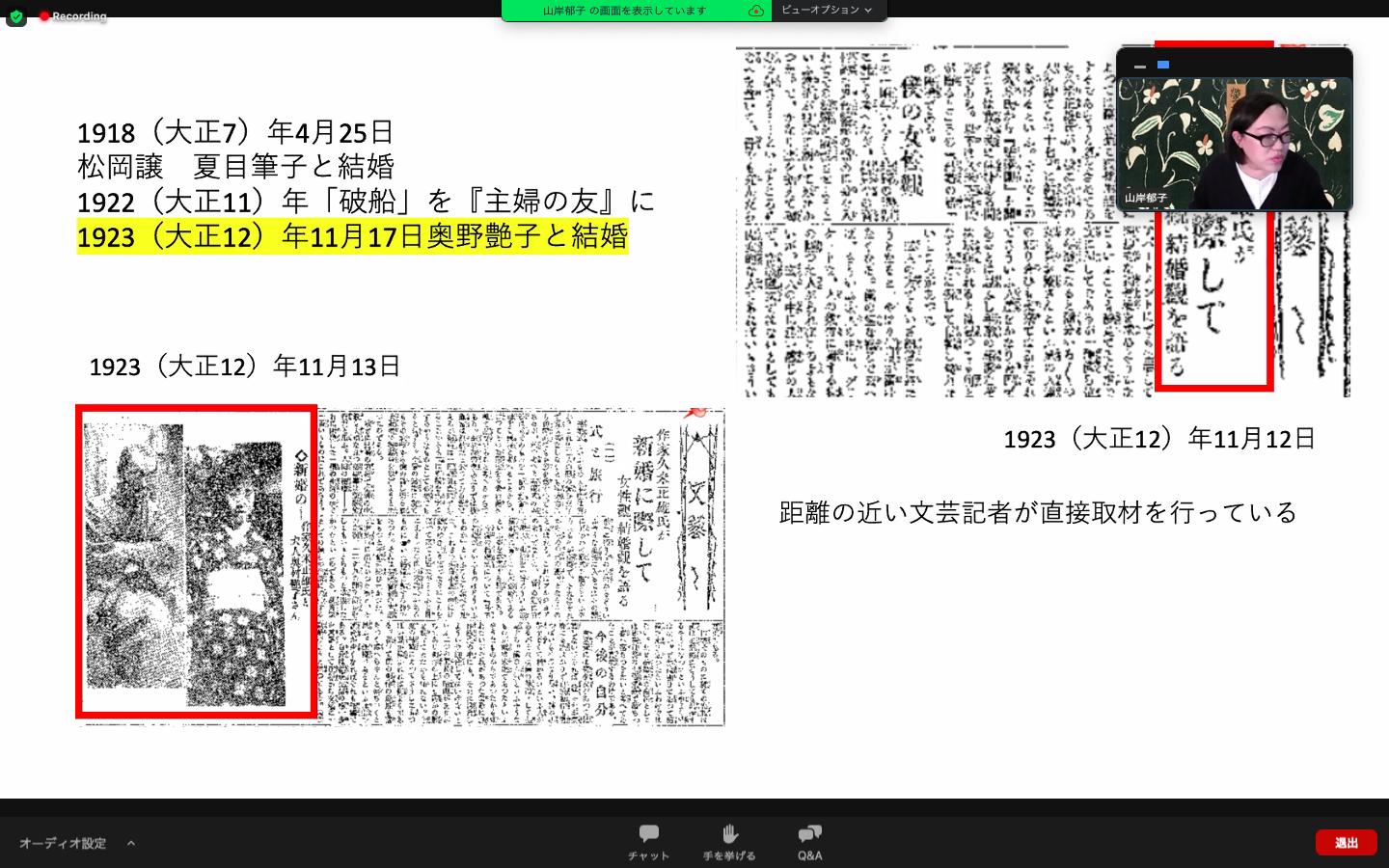
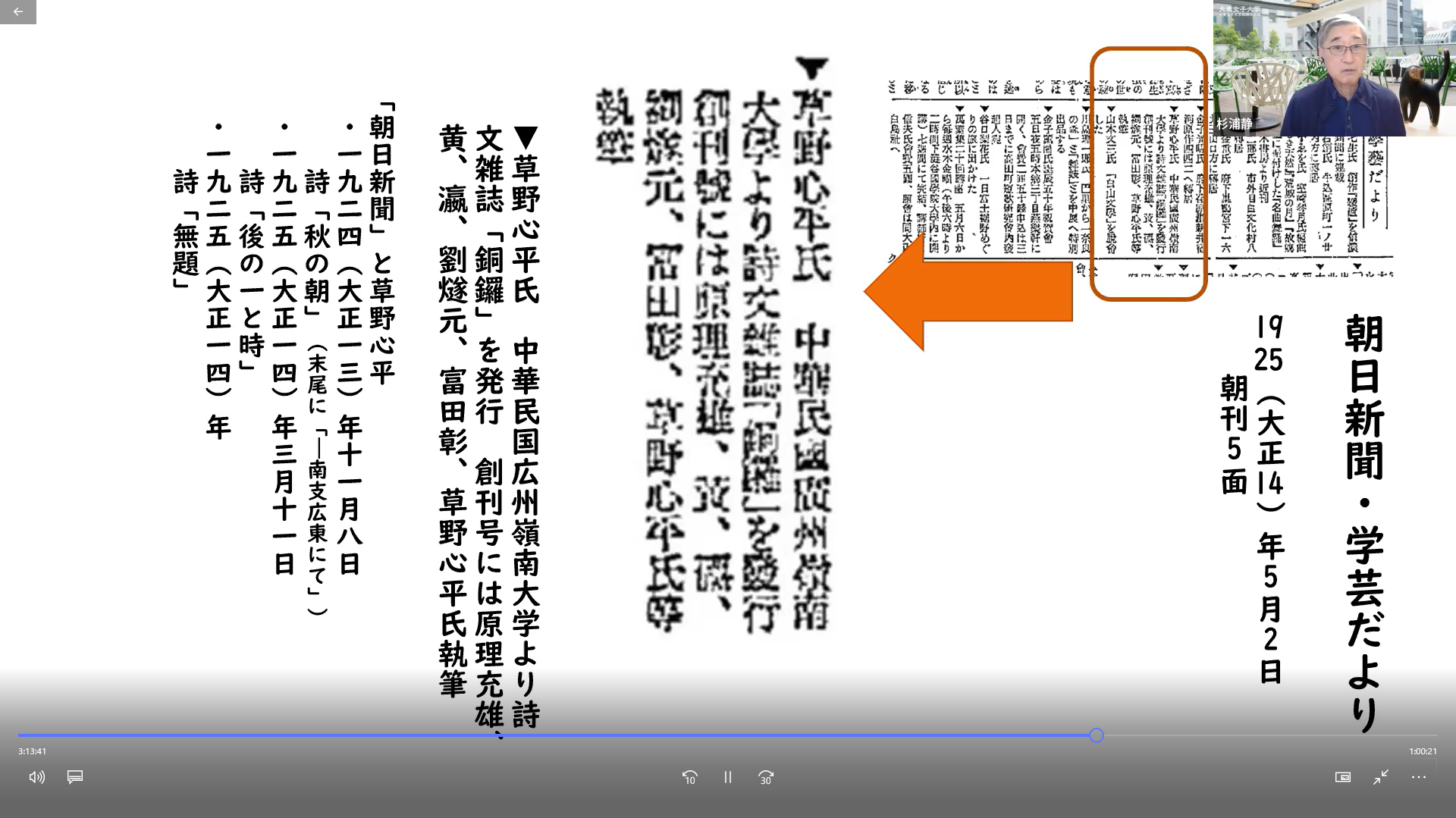
Through the above-described program, the workshop participants were convinced of what a powerful tool the Yomiuri-sho is as a historical material for interdisciplinary and international research on Japanese culture and the significance of this fact. Amidst the great expectations for creating a full database of the Yomiuri-sho and publishing a book based on this workshop’s content, the workshop concluded with Munakata’s closing speech in which he mentioned his expectations for further research on the Yomiuri-sho articles of other historical periods as well as the miscellaneous news columns of other newspapers.
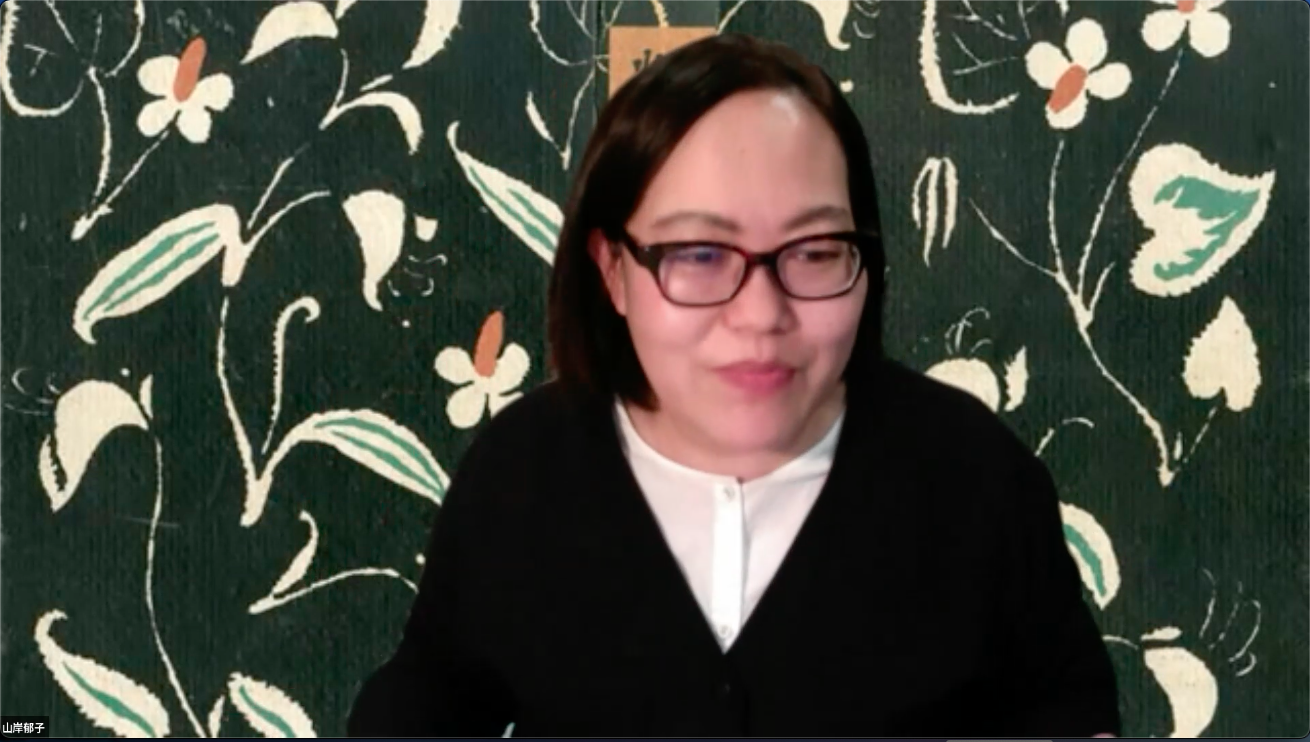
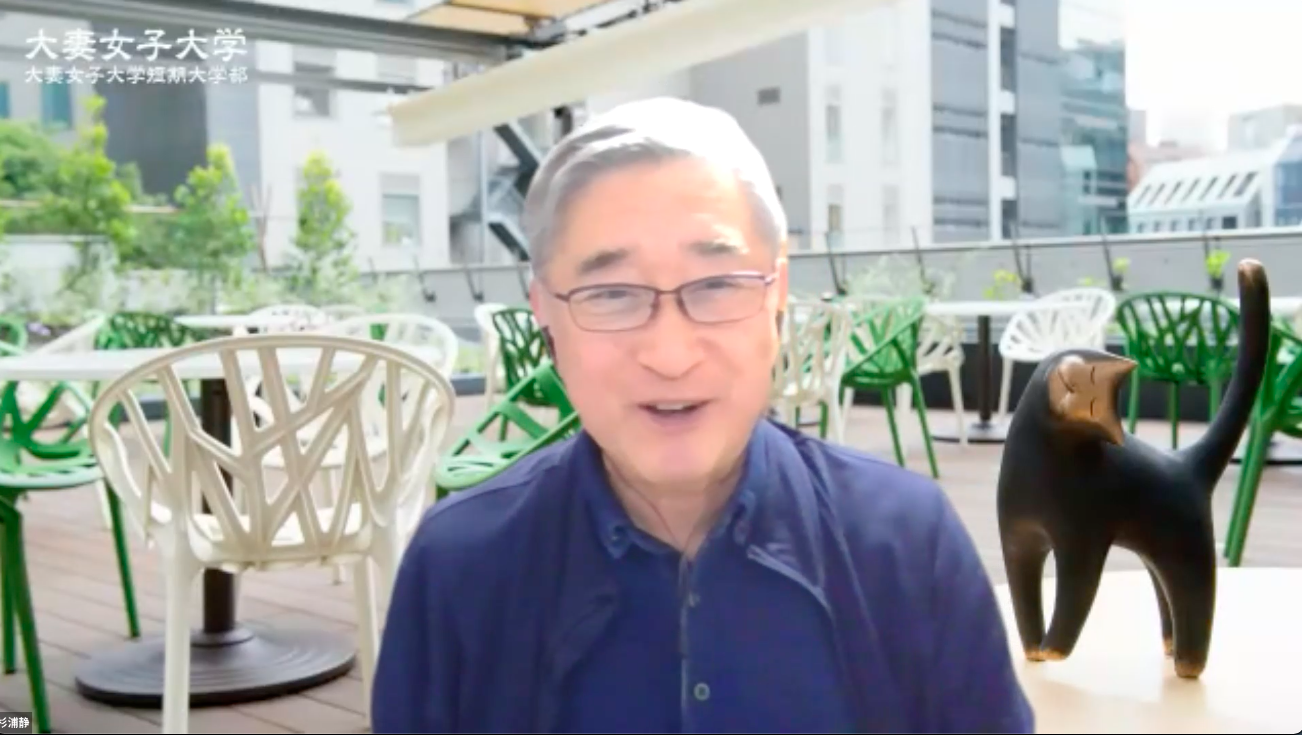
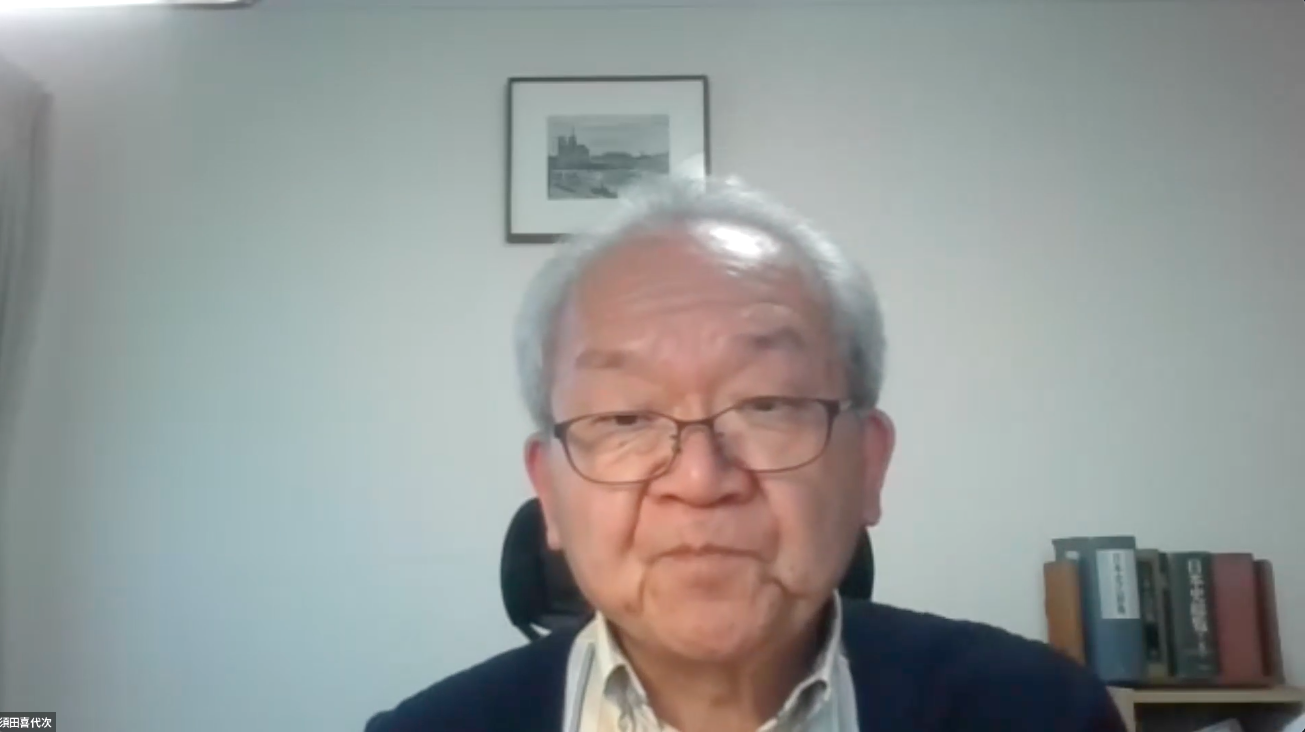
Event Details
Date and time: Monday, March 14, 2022, 14:00 – 17:50 (JST)
Language: Japanese/English
Venue: Zoom Webinar
Participation is free and open to the public.
- Tags
- Event Reports
